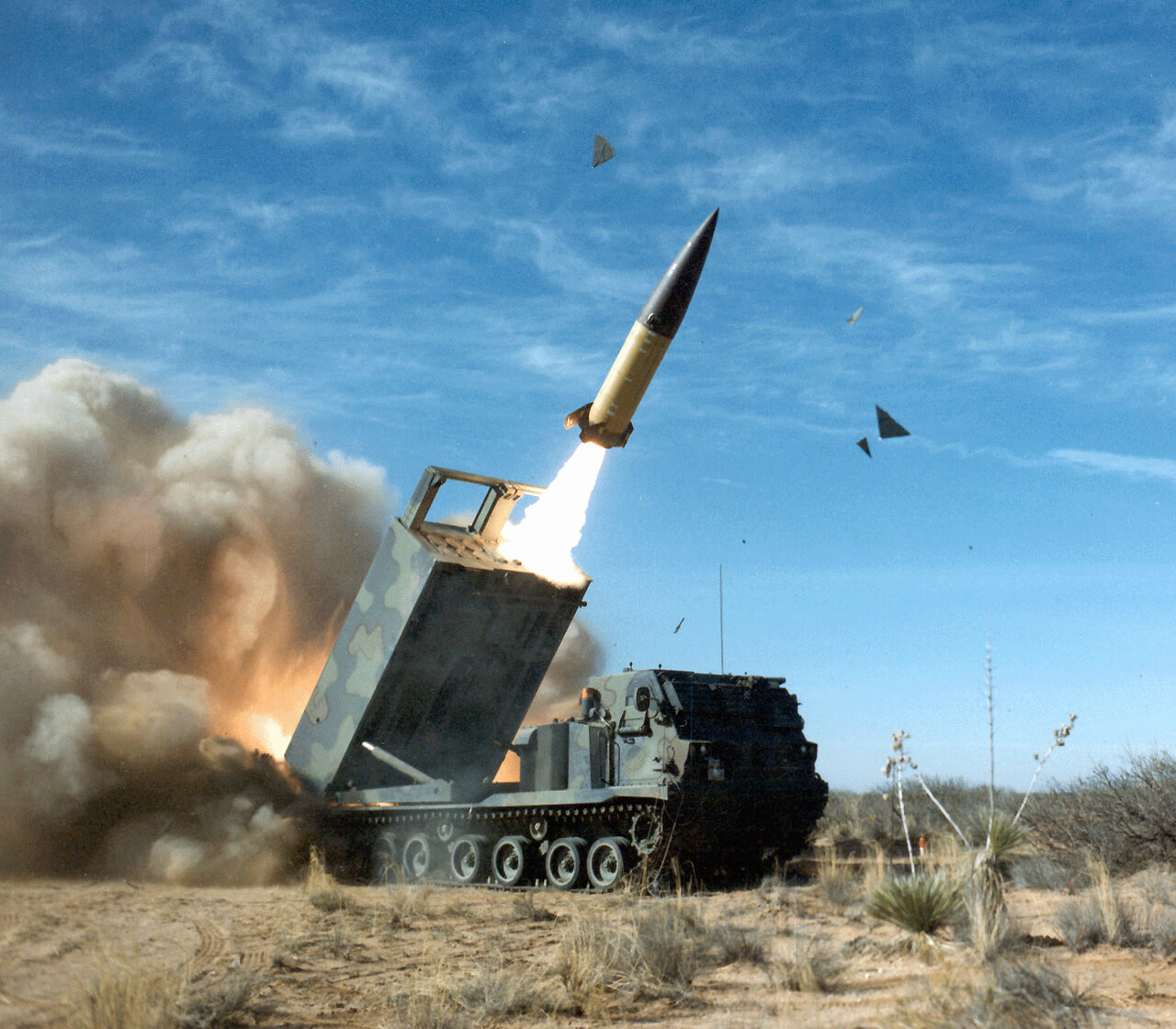The US Army, by 2025, will get a more powerful advanced, and longer-ranged replacement for the 300-kilometer range Army Tactical Missile System (ATACMS).
China ‘On Track’ To Develop 6th-Gen Fighter Aircraft; US Must Field Its NGAD Before PLAAF Does – ACC Chief
‘Thaad Rate’ Logic – China Angry With THAAD Deployment In S.Korea But Overlooks India’s Very Similar Concerns In Bhutan
The Precision Strike Missile (PrSM), developed by Lockheed Martin, has been selected by the US Department of Defense in a $77.4 million contract to procure 54 systems by September 2025.
The new system’s possible sale to Ukraine now remains a question, as it depends upon whether Russia and the West would have shed inhibitions towards fighting each other directly by the time it is operational in three years. The US had officially opposed sending the ATACMS to Ukraine.

“Lockheed Martin Missiles and Fire Control, Grand Prairie, Texas, was awarded a $77,420,000 [contract]… for procurement of 54 [precision strike missiles],” the Defense Department said on Monday. Lockheed Martin is expected to complete the contract work by September 30, 2025, the Defense Department added.
The system saw three tests completed by April 2020. All the firings were conducted using Lockheed’s existing and still-in-use High Mobility Artillery Rocket System (HIMARS) launch system – the wheeled chassis and the launcher.
The animated video by Lockheed Martin reiterated this ability to operate without changes in crew training, launching, or loading procedures. It is also compatible with the M270 Multiple Launch Rocket System (MLRS), the tracked vehicle that carries a larger launcher for the HIMARS rockets and the ATACMS.
PrSM Is ATACMS On Steroids!
Lockheed Martin’s promotional video shows the missile design like the existing ATACMS. A notable difference, however, is the only launcher with two large launching tubes instead of the single one used for the ATACMS. It is unclear if the launcher will be slightly modified for the PrSM to accommodate two tubes.
Interestingly, even when the launcher carries the original ATACMS, it has six tubes in the front and rear, indicating it carries the HIMARS rockets. The fake design conceals the nature of the missile being carried inside when the vehicle is transported.
The video shows an F-35 coordinating a ‘deep-strike’ on enemy air defense sites by locating the systems and then relaying the targeting data to a HIMARS launcher through a Combat Air Operations Centre and a Field Artillery Brigade.
The launcher then fires two PrSMs, one exploding over the SAM site in an air-burst mode with ‘pre-formed fragments.’ An inset video plays simultaneously in the bottom right corner, showing actual test footage of the missile exploding over a hardened bunker.
Performing the same role as the ATACMS – destroying tactical battlefield targets like troops assemblies, air defense systems, staging areas, and command and control centers – its defining feature is its range. A US army representative has been quoted claiming that the PrSM had already demonstrated its ability to fly far beyond the 400-kilometer range.
Interestingly, the US and then the Russian exit from the Intermediate-Range Nuclear Forces (INF) Treaty in 2019 allowed the US to pursue the development of the PrSM.
Brigadier General John Rafferty of the US Army’s Long-Range Precision Fires Cross-Functional Team (LRPF-CFT), during the Air Space Cyber Conference in November 2019, said, “The INF Treaty limited Russia and the United States…but now (we are) getting the relief from the 499 km restriction,” Rafferty said. The INF Treaty banned the two nations’ land-based ballistic missiles, cruise missiles, and missile launchers with ranges of 500–1,000 kilometers.
Claimed to be cheaper than the ATACMS (the per unit price of the missile has not yet been specified), another feature is the open modular architecture, which allows for internal systems to be quickly replaced or modified suited to different missions or simply periodical upgrading.
The nominal tests of the PrSM were conducted by the LRPF-CFT, the Strategic and Operational Rockets and Missiles (STORM) project office, and Lockheed Martin.
These specifically examined capabilities such as egress from the launcher, trajectory to target, and warhead detonation. The US Army first awarded the Early Operational Contract (EOC), which included the missile’s production, engineering, manufacturing, and development, in September 2021.
Will The US Send PrSM To Ukraine?
President Joe Biden denied arming Ukraine with ATACMS, fearing that Ukraine would use its long-range to strike inside Russia and escalate the war, drawing the US directly into the conflict – something his administration also consistently said it didn’t want.
Russia first occupied nearly all of the south and east Ukraine and then assimilated them into Russian territory by holding referendums. Thus NATO, Ukraine, and the US might not recognize the referendums but will have to accept the political reality of Russia’s assertion of its territorial sovereignty.
Russia also accepts the severe cost of a war with Europe and NATO, saying it does not wish to enter such a conflict, yet threatens to target “decision-making centers” that arm Ukraine but also stops short of doing so.
This is because NATO’s Article 5 recognizes any strike against a member as a strike against the alliance. It also depends on what the situation will be until 2025.
- The author can be reached at satamp@gmail.com
- Follow EurAsian Times on Google News